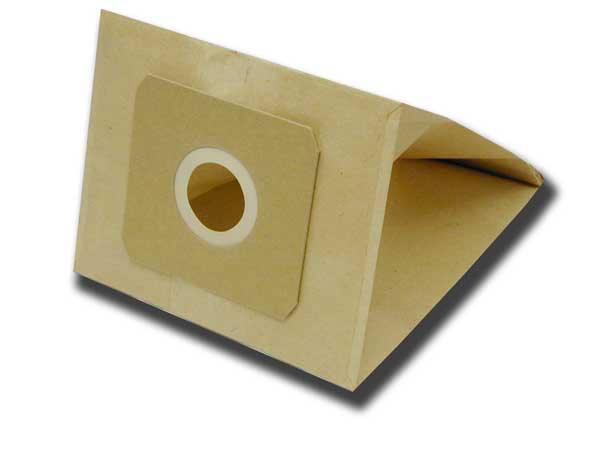
October 5, 2018: In 2017, the global Vacuum Cleaner Bags Market size was million US$ and is forecast to million US in 2025, growing at a CAGR of from 2018. The objectives of this study are to define, segment, and project the size of the Vacuum Cleaner Bags market based on company, product type, application and key regions.
This report studies the global market size of Vacuum Cleaner Bags in key regions like North America, Europe, Asia Pacific, Central & South America and Middle East & Africa, focuses on the consumption of Vacuum Cleaner Bags in these regions. This research report categorizes the global Vacuum Cleaner Bags market by players/brands, region, type and application. This report also studies the global market status, competition landscape, market share, growth rate, future trends, market drivers, opportunities and challenges, sales channels, distributors and Porter's Five Forces Analysis.
The various contributors involved in the value chain of Vacuum Cleaner Bags include manufacturers, suppliers, distributors, intermediaries, and customers. The key manufacturers in the Vacuum Cleaner Bags include
• Bosch
• CleanTech
• Electrolux
• EnviroCare
• Eureka
• Hoover
• Kenmore
• Kirby
• Miele
• Oreck
• Nilfisk
Request a Free Sample Copy of Vacuum Cleaner Bags Market Report @ https://www.radiantinsights.com/research/global-vacuum-cleaner-bags-market-insights-forecast-to-2025/request-sample
Market Size Split by Type
• Large Size
• Medium Size
• Small Size
Market Size Split by Application
• Home Use
• Commercial
The study objectives of this report are:
- To study and analyze the global Vacuum Cleaner Bags market size (value & volume) by company, key regions/countries, products and application, history data from 2013 to 2017, and forecast to 2025.
• To understand the structure of Vacuum Cleaner Bags market by identifying its various sub segments.
• To share detailed information about the key factors influencing the growth of the market (growth potential, opportunities, drivers, industry-specific challenges and risks).
• Focuses on the key global Vacuum Cleaner Bags manufacturers, to define, describe and analyze the sales volume, value, market share, market competition landscape, SWOT analysis and development plans in next few years.
• To analyze the Vacuum Cleaner Bags with respect to individual growth trends, future prospects, and their contribution to the total market.
• To project the value and volume of Vacuum Cleaner Bags submarkets, with respect to key regions (along with their respective key countries).
• To analyze competitive developments such as expansions, agreements, new product launches, and acquisitions in the market.
• To strategically profile the key players and comprehensively analyze their growth strategies.
In this study, the years considered to estimate the market size of Vacuum Cleaner Bags are as follows:
• History Year: 2013-2017
• Base Year: 2017
• Estimated Year: 2018
• Forecast Year 2018 to 2025
This report includes the estimation of market size for value (million US$) and volume (K Units). Top-down and bottom-up approaches have been used to estimate and validate the market size of Vacuum Cleaner Bags market, to estimate the size of various other dependent sub markets in the overall market. Key players in the market have been identified through secondary research, and their market shares have been determined through primary and secondary research. All percentage shares, splits, and breakdowns have been determined using secondary sources and verified primary sources.
For the data information by region, company, type and application, 2017 is considered as the base year. Whenever data information was unavailable for the base year, the prior year has been considered.
No comments:
Post a Comment